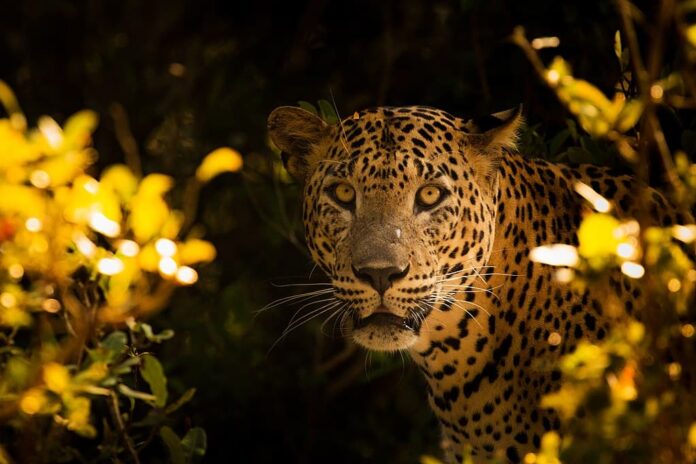Leopards are one of the big and most powerful cats in the world, and there 7 leopard subspecies nowadays. As the strongest big cats in the world, each species is interesting in its own ways. This is why this article is here to show some extra details about each type of leopard today. Let’s take a look at the list below and see which one you think is the most interesting.
1African Leopard
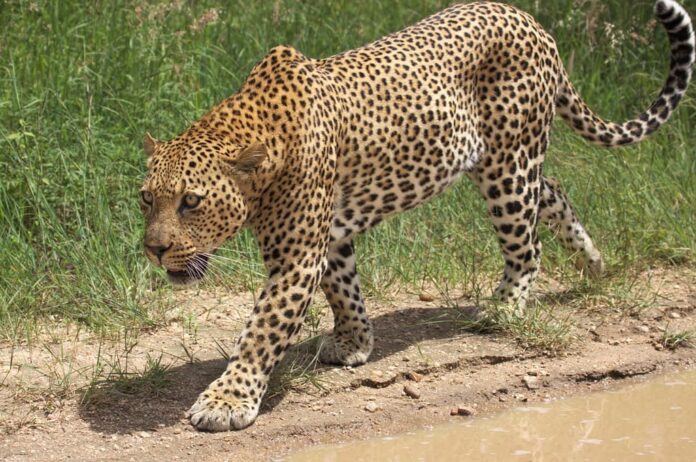
Just like the name suggests, African leopards live in a wide range of habitats in various countries in Africa. This big cat prefers to live in forests, grasslands, rainforests, and savannahs where food sources are abundant for them. As nocturnal animals, these leopards are more active at night and they usually start hunting between sunset and sunrise. These predators have a broad diet, and they feed on pretty much anything. Adult leopards can go as fast as 60kph to take down a large antelope or wildebeest without a problem. At the same time, they are strong enough to carry their whole up a tree to dine. Nowadays, habitat conversion and intense persecution are the main threats to their population.
2Amur Leopard
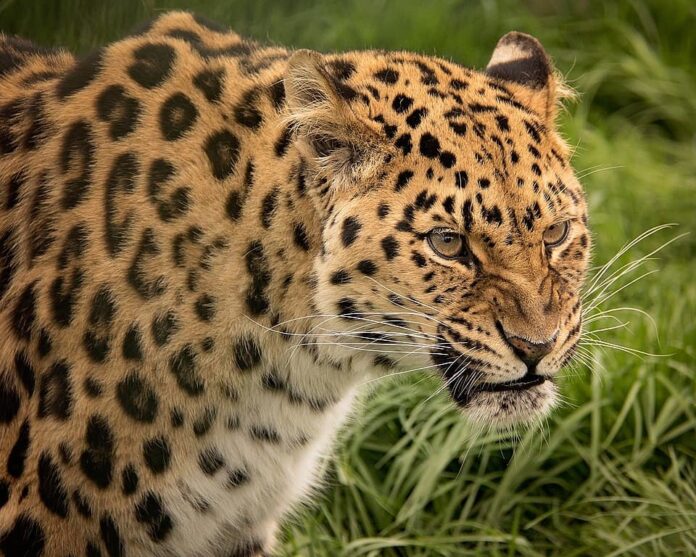
According to WWF, the Amur leopards are probably the rarest big cats in the world. There are less than 100 individuals in the wild today, and some are living in protected areas in China and Russia. The fascinating thing about these leopards is their rosettes have unique spot patterns just like our fingerprints. This simply means we can identify them individually based on their spots. Underneath those spots is the thick coat that keeps them warm in cold weather conditions where they live. In case they get cold, Amur leopards wrap their tail around themselves for extra warmth. As one of the endangered species, there are so many reasons that cause their population to decline. Those include diseases, encroaching human settlements, forest fires, habitat loss, etc.
3Arabian Leopard
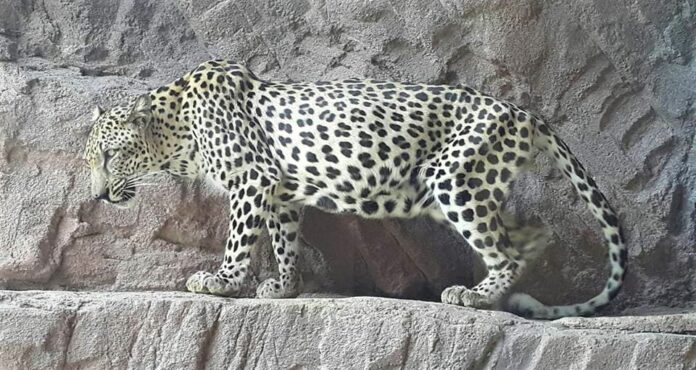
By the name, you can already tell that this leopard species live in the Arabian Peninsular, Sinai Peninsula, and the Levant. The Arabian leopards inhabit deep valleys and mountainous uplands where prey is sufficient and water is permanent. This species is the smallest leopard species despite the fact that they are the largest cats in the Arabian Peninsula. Normally, they prey on large animals such as Arabian gazelle, Cape hare, Nubian ibex, etc.
As things change, these cats start to change their diet to livestock and smaller prey instead. With a highly threatened population, there are less than 50 individuals in the wild these days. The main threats throughout their range are habitat destruction, prey depletion, and trapping.
4Indian Leopard

The Indian leopards are one of the big cats in India, and their habitats are very broad. You can find them in coniferous forests, dry deciduous forests, temperate forests, tropical rainforests, and more. The only area where they avoid living in is mangrove forests in the northern parts of the subcontinent. Indian leopards are quite noisy for a hunter, and they often growl, grunt, meow, purr, and roar.
Because they live and hunt alone, these excellent climbers don’t mind living in the same territory as the others. These leopards share their habitats with other big cats and land predators such as clouded leopards, fishing cats, etc. As for their meal, they prefer to eat axis deer, common langur, hare, nilgai, peafowl, and sambar deer. Over the past few years, their population is declining due to fragmentation, habitat loss, and poaching.
5Indochinese Leopard
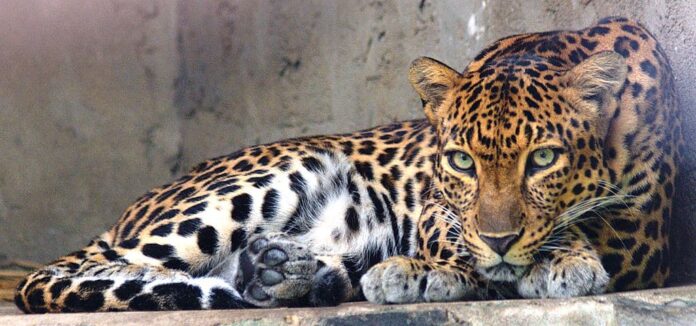
As for this subspecies, it is native to the Southern parts of China and the mainland of Southeast Asia. In Indochina, leopards living outside protected areas are very rare. Their chances of survival are quite slim due to illegal hunting and poaching. These are also the reasons why their population keeps on declining besides deforestation and habit loss. While most leopard subspecies have dark coats, this one has a paler color on the sides. In some areas where they live, people hunt them for their body parts to use in traditional Chinese medicines and tonics. With the high price of their body parts such as their bones, penises, and testicles, illegal hunting occurred for years.
6Javan Leopard
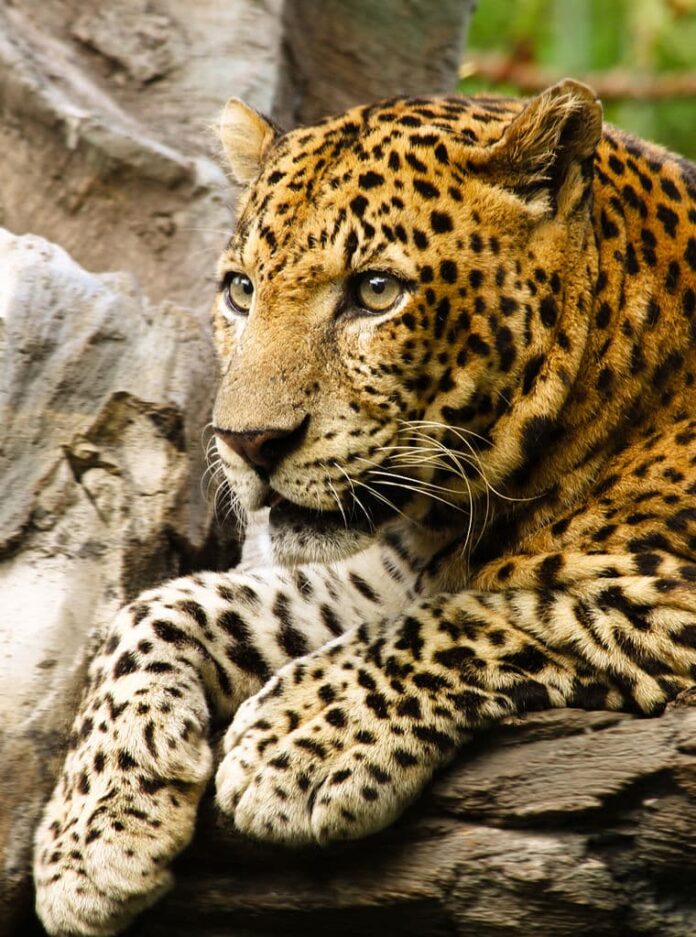
The fascinating thing about Javan leopards is that some of them have common rosettes while others are completely black. The latter is a rare condition due to a recessive phenotype that results in a black coat and silver-grey eyes. This leopard subspecies is endemic to the Java island of Indonesia, and they inhabit dense tropical rainforest and dry deciduous rainforest there. In the National Parks where they are protected, there are around 250 individuals while the number is fewer outside those areas. Their main threats are agricultural expansion, loss of habitat, poaching, and prey base depletion.
7North-Chinese Leopard
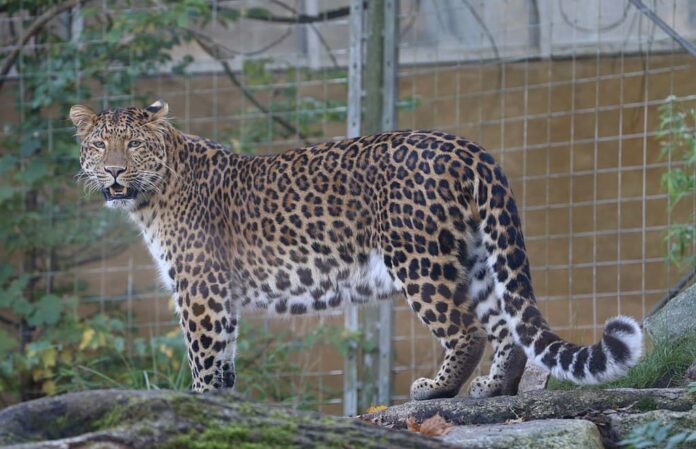
This is one of the leopard subspecies that is endemic to China, living in the Taihang Mountains. These large leopards have the same size as the Amur Leopard, but their coats are different. The coats of the North-Chinese leopards are darker and more orangish in color with darker and closely-spaced rosettes. Their population was widely spread in the mid-19th century, but human activities changed that since the late 1980s. Coming across one is very rare, and there are many reasons that caused their population to drop. Those include coal mining, illegal poaching, intensive deforestation, and road construction in the Taihang Mountains. The good thing is that their number starts to slowly revive after the efforts of China’s forest conservation.
8Persian Leopard
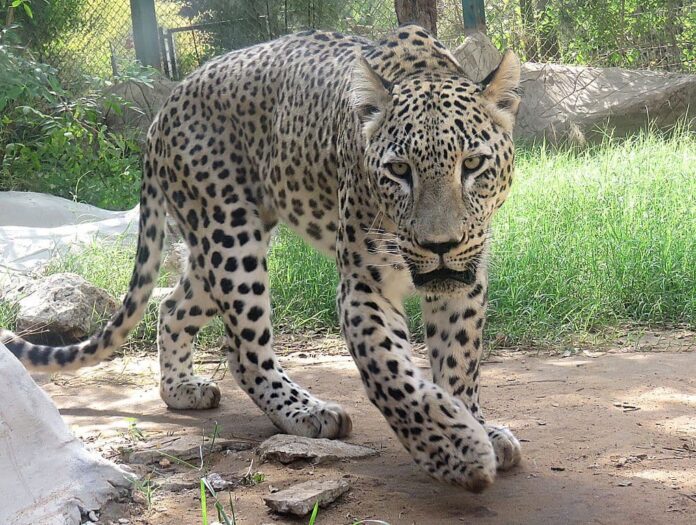
Here you are looking at the largest leopard subspecies that also go by the name of Caucasian Leopards. These big cats are native to the Caucasus regions such as Armenia, Azerbaijan, Iran, Turkey, Turkmenistan, and Western Afghanistan. Their habitats are mainly in distant mountainous areas including arid and dry areas as well as dense and deciduous forests. Where they live, these carnivores feed on goitered gazelle, mouflon, onager, roe deer, and wild boars. Not different from most leopard species, this one is also solitary. They live and hunt alone, and they only come together to mate in the winter season. There are fewer than 1,000 individuals in the wild these days, and their threats include agricultural expansion. habitat fragmentation, and poaching.
9Sri Lankan Leopard
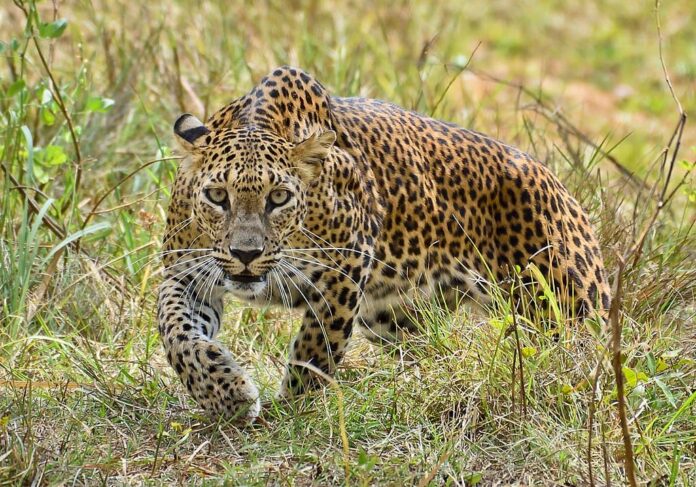
As for this subspecies, it is only exclusive throughout the island of Sri Lanka. You can recognize the Sri Lankan leopard by its rusty or tawny coat with dark spots all over its body and legs. These leopards inhabit dry evergreen monsoon forests, and rainforests with dense vegetation where their prey live in. These powerful predators feed on a wide range of animals from birds and rodents to antelopes and gazelles. There are less than 100 Sri Lankan leopards these days, and their population decline is due to fragmentation, habitat loss, persecution, and poaching.
Related Post: Types Of Tiger Subspecies

